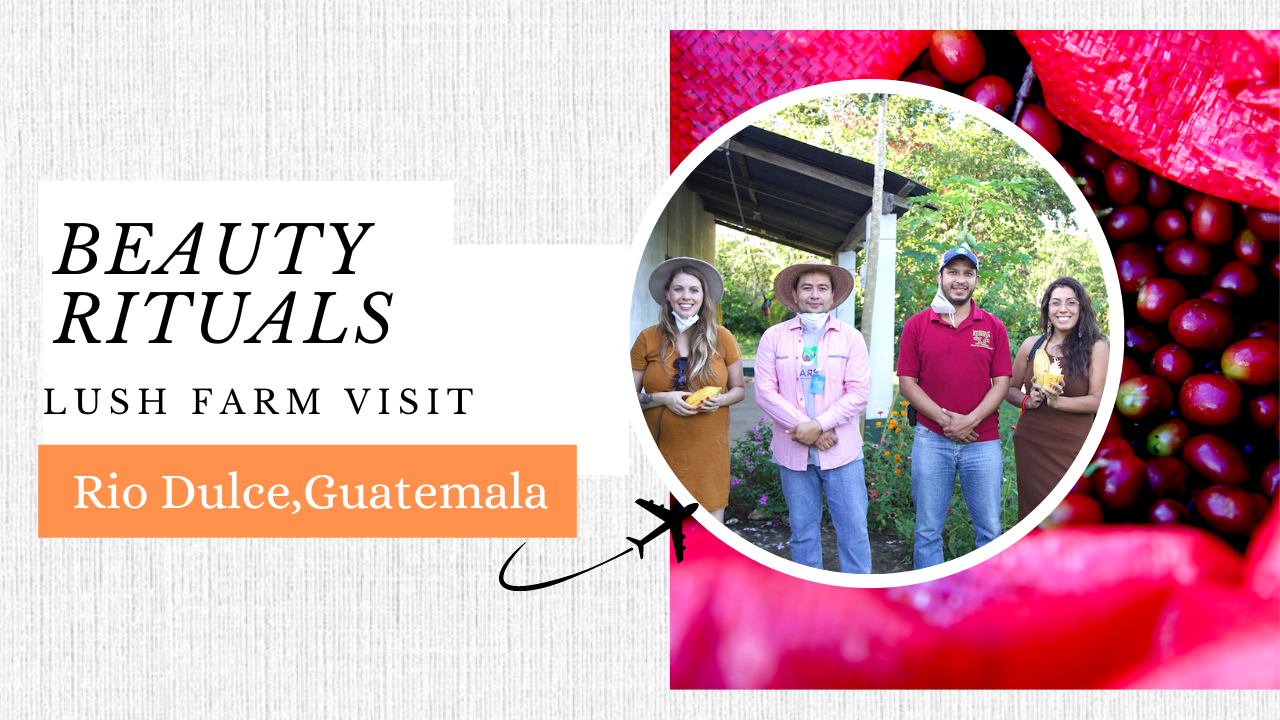
We went behind the scenes of an Organic farm in Guatemala that supplies Lush Cosmetics with their product ingredients. It’s always been a dream of mine to see the source of where the biggest beauty brands bring to life their products ( especially since I dream of having my own beauty farm). Our friends at Heart of Travel connected us with an insider experience of the production of one of my favorite beauty brands “Lush”.
If you enjoy bright bathing products and fragrant soaps, going to a Lush outlet is like going to a kid’s sweet shop. This creative, interdependently company has established “fresh homemade cosmetics” as an international hit and, in the meantime, developed a coveted huge fan base of “Lushies.”
The brand is led by a strong ethical and sustainable attitude, and the freshly manufactured items are not just lovely. In addition to making products with openly disclosed constituents and distribution networks, Lush is dedicated to ecological and philanthropic causes. The organization strives to do reasonable and ethically responsible business.
To learn more about my time #BeautyExploring the Lush Beauty farm continue reading the article!
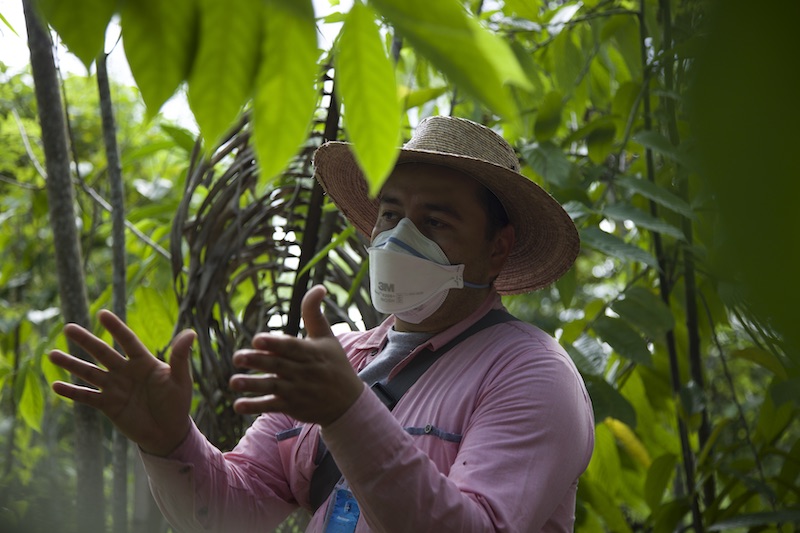
More About LUSH:
Lush, a retailer of colorful bath bombs and rustic handcrafted soaps in a variety of seductive smells, manufactures moisturizers, cleansers, hair products, conditioners, body wash, creams, hydrating and exfoliating masks, and other products for the face and hair. According to the organization, all of its dishes are vegan to an extent of 85%.
Specialty Of Lush Beauty Brand:
The ingredients in Lush products are responsibly obtained from the highest quality sources and are handcrafted in small amounts to assure the freshest quality. They oppose animal experimentation wholeheartedly and are totally vegetarian. They are essentially the most moral business you can imagine.
They promote the reuse of their packaging as you can bring back 5 pots to exchange for a fresh face mask. Additionally, they provide bars of sample items, which don’t require any packaging at all.
The goods are manufactured by hand using materials gathered from all over the world, from Shea butter obtained from Ghanaian women’s cooperatives to fresh fruit bought from nearby farms. Thats why when I had the opportunity to go behind the scenes on of their farms in Guatemala it was a YES!!
We had to drive 6+ hours to get to Rio Dulce. A popular spot for tourist heading to Tikal the ancient pyramids. We as beauty lovers decided to opt out of climbing the pyramids and instead get knee deep in sourcing beauty ingredients.
Most popular beauty ingredients from Latin America: Cacao, and Coffee
For sustainable beauty care products, Latin America has long been the industry’s best-kept secret. With the Rainforest covering 40% of South America alone, it is the most bio diverse continent on the planet and has the greatest concentration of nutrients and active natural substances that support youthful skin and delay the indications of aging.
While not all organic components are useful in skincare, ingredients from Latin America are high in fatty acids, which assist our skin maintain moisture and have a healthy appearance. Numerous cosmetic farms from around Latin America continue to go to the region in search of novel ingredients and technological advancements from foreign suppliers that aren’t showcased at other trade events. Here is a list of some of the beauty ingredients we learned about in Guatemala.
Two of the top exports from Guatemala and Central America are:
- Cacao:
Cacao is the source of cocoa butter. An evergreen tree, the species grows naturally in a region that starts in southeast Mexico, travels across Central America, and into the Amazon basin in South America.
The skin can quickly absorb cocoa butter, which is a fantastic moisturizer and helps treat dry, cracked skin. How Gorgeous are these Cacao Pods? We even had some for snacks.
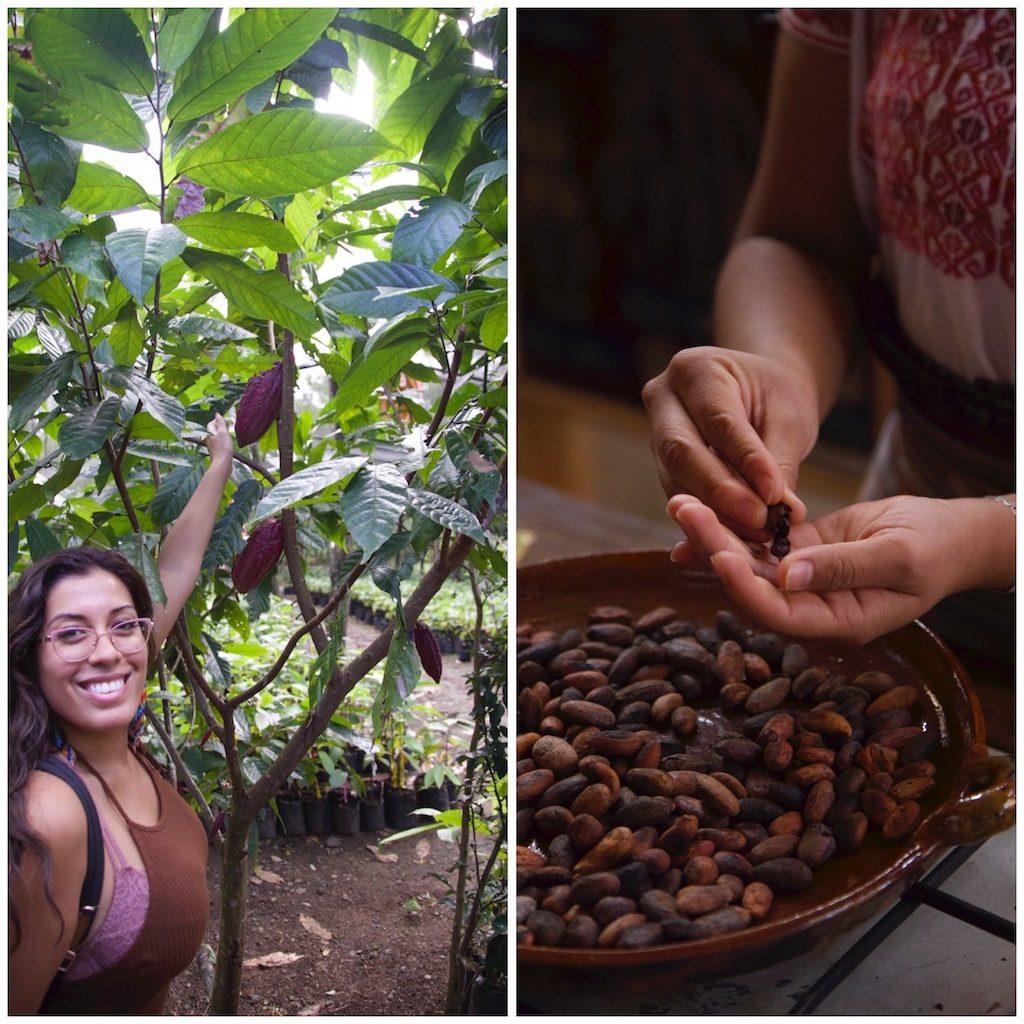
- Coffee:
Coffee is one of life’s few truly exquisite things. The majority of the coffee eaten worldwide is presently produced in Latin American nations, with Colombia, Guatemala and Brazil serving as the top exporters.
In Latin America, both Arabica and Robusta beans are grown. It is best known to us as our dependable friend who helps to make our workdays more tolerable, but it also has a lot to offer in terms of aesthetics. It has been demonstrated that caffeine blasts cellulite and can even brighten and smooth out dull skin. An essential beauty ingredient in Lush Cosmetics.
Learning what goes behind the making of a product reminds us how important it is to make our purchases matter as consumers, but also the timeline of where each ingredient comes from till it hits our bathroom shelves. I love supporting brands that stand for something, and believe in supporting communities rise with their gifts. In Guatemala I learned that Lush takes high priority in quality and even tough an ingredient is born doesn’t mean it meets the Lush Standard.
I also met the team behind the cultivation which included women, and educated experts that are using science and years of knowledge from our ancestors to bring to life the best ingredients forward and represent our countries in the best light.
Iam proud to be of Central American Descent and see how far our beauty goes.
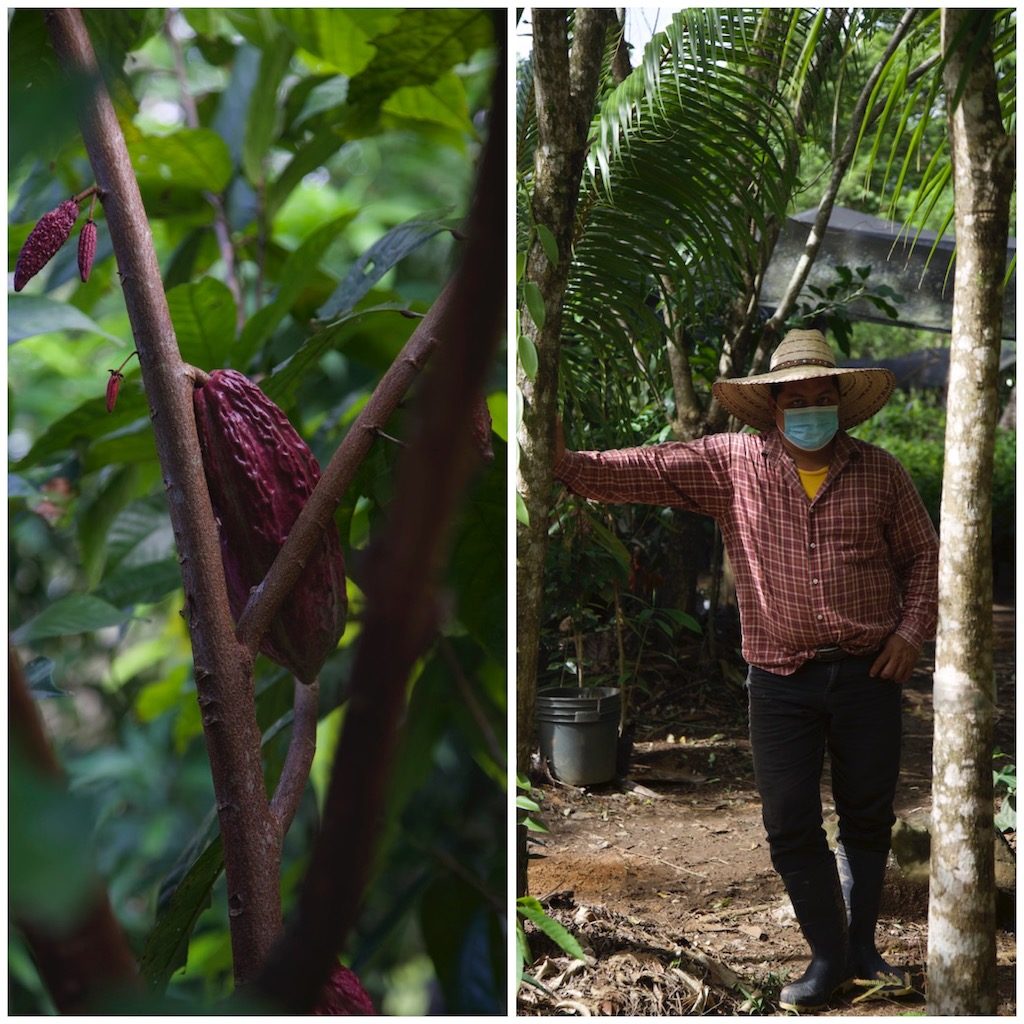
Here are some Behind The scenes of our experience at Lush Farms. Thank You to Heart of Travel for curating this insider experience.
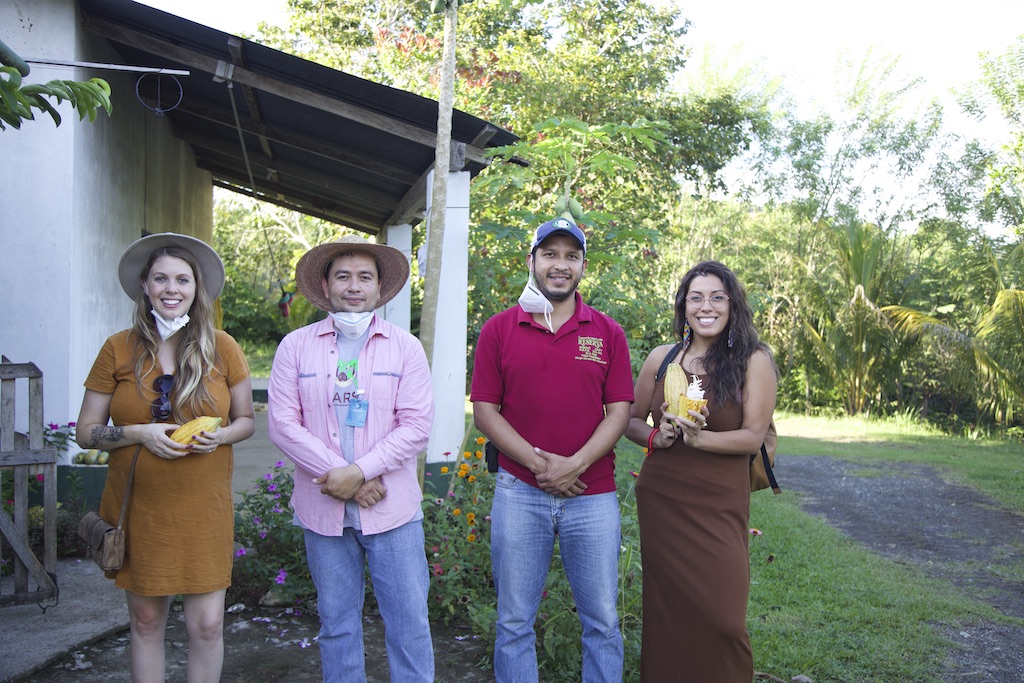
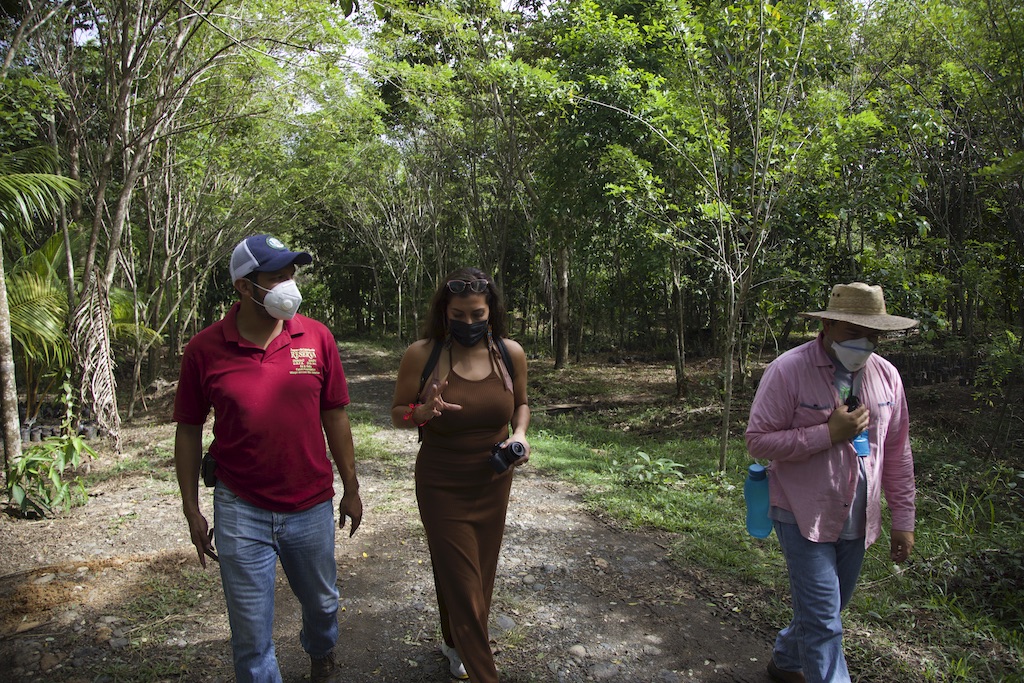
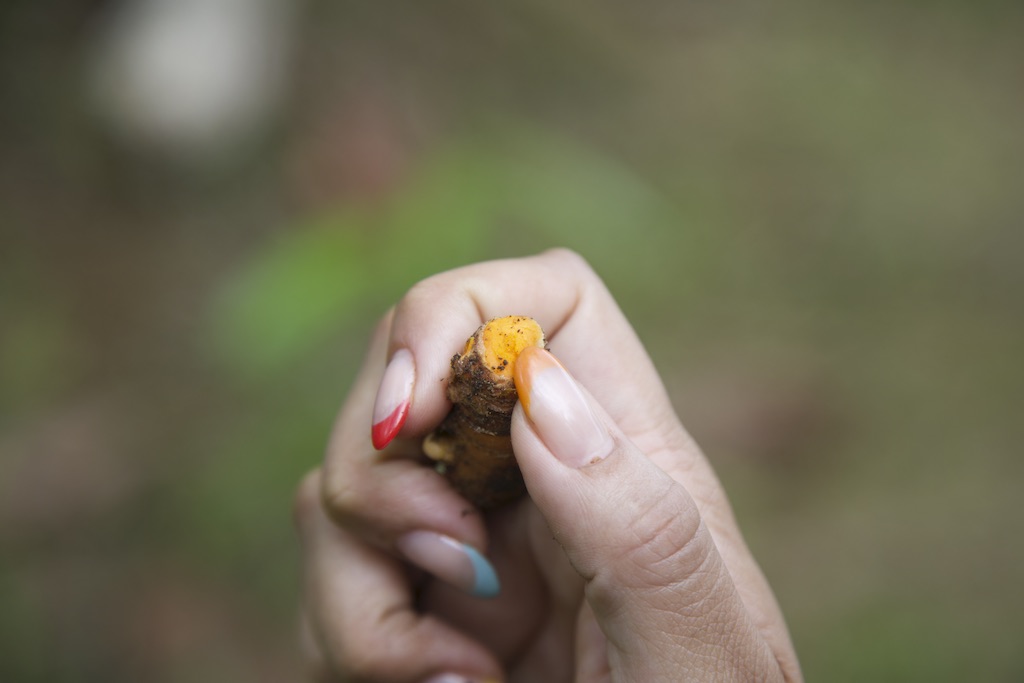
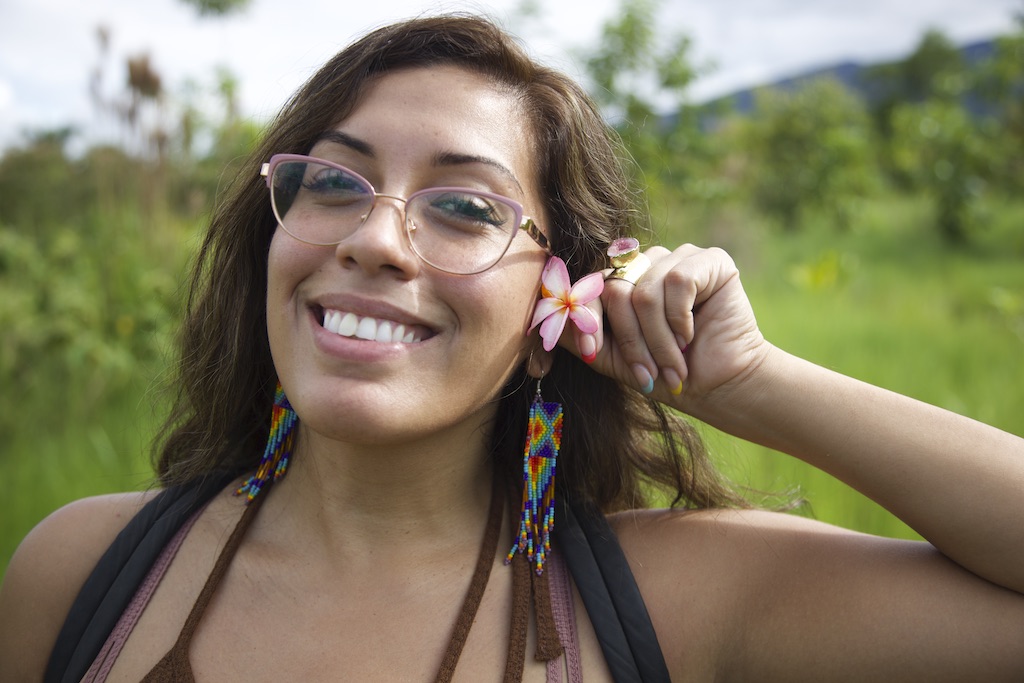
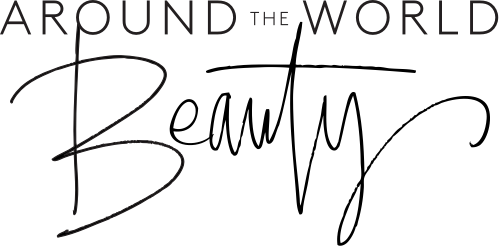
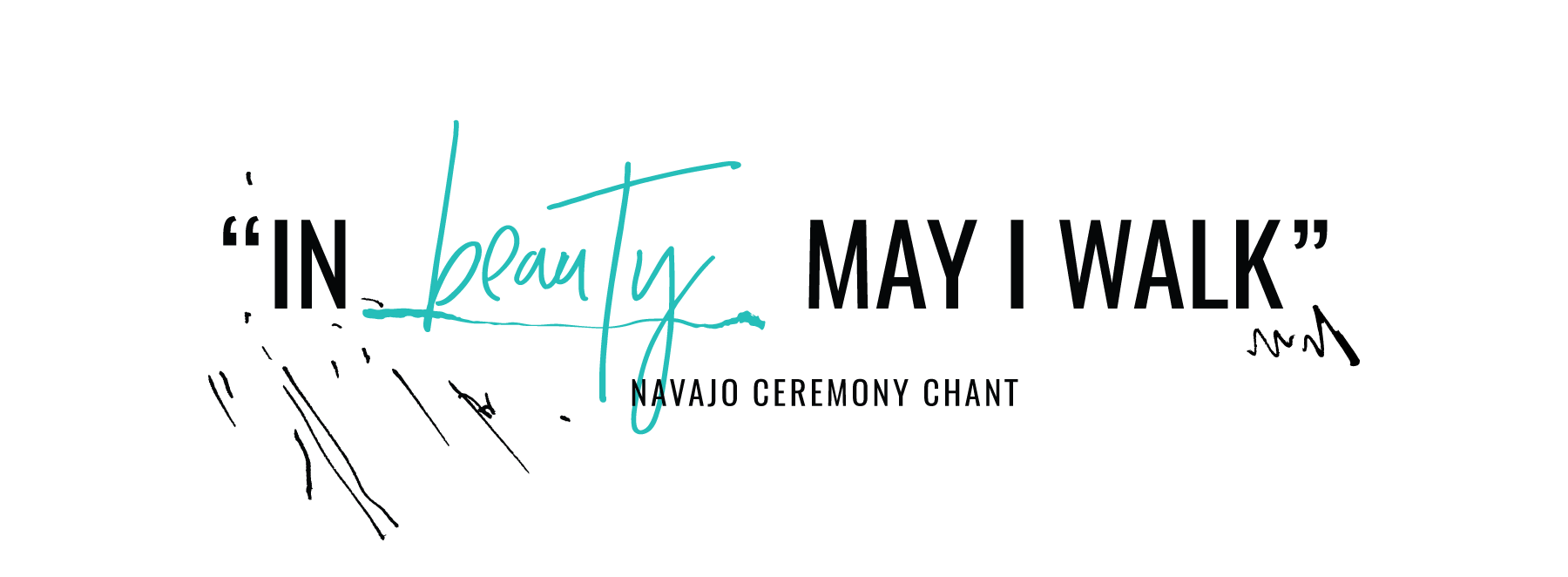

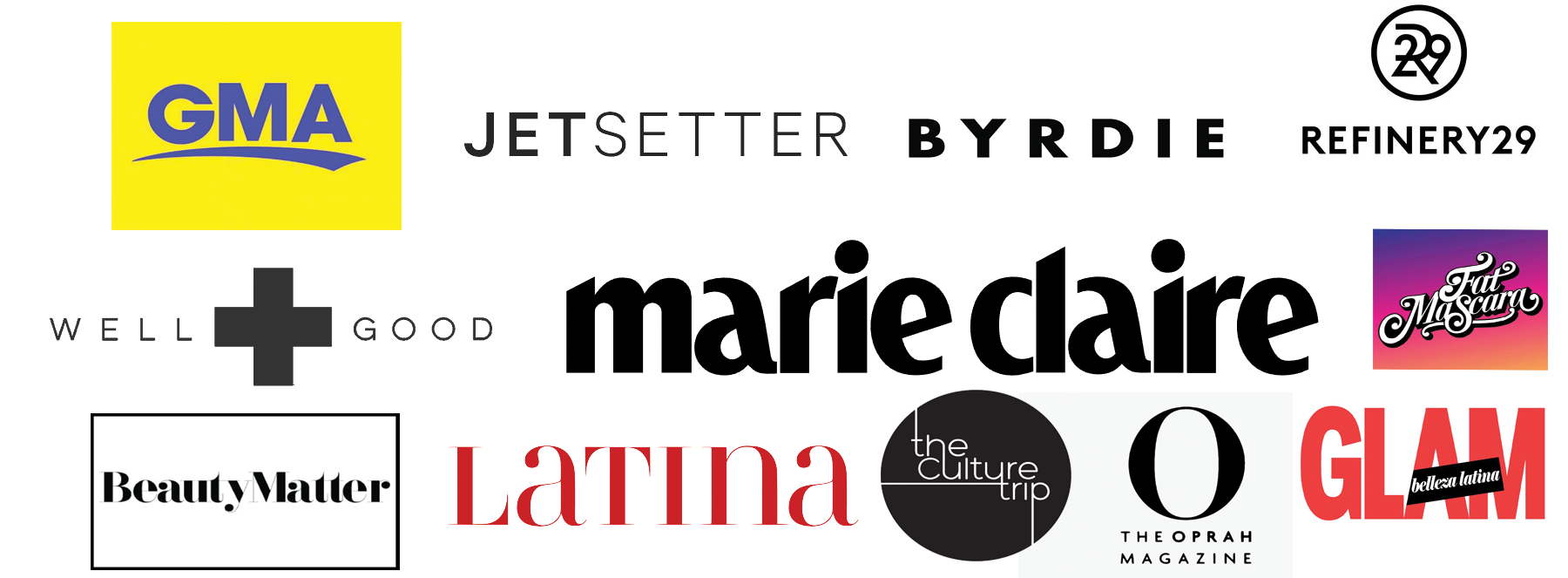

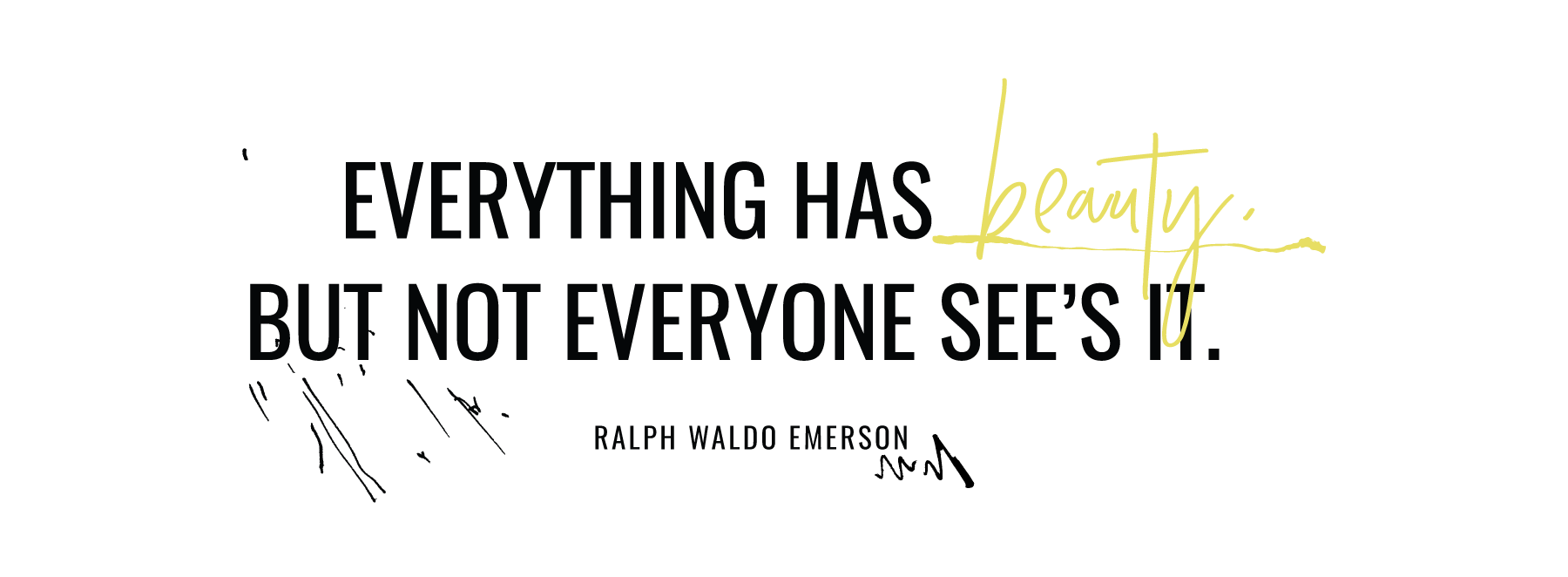
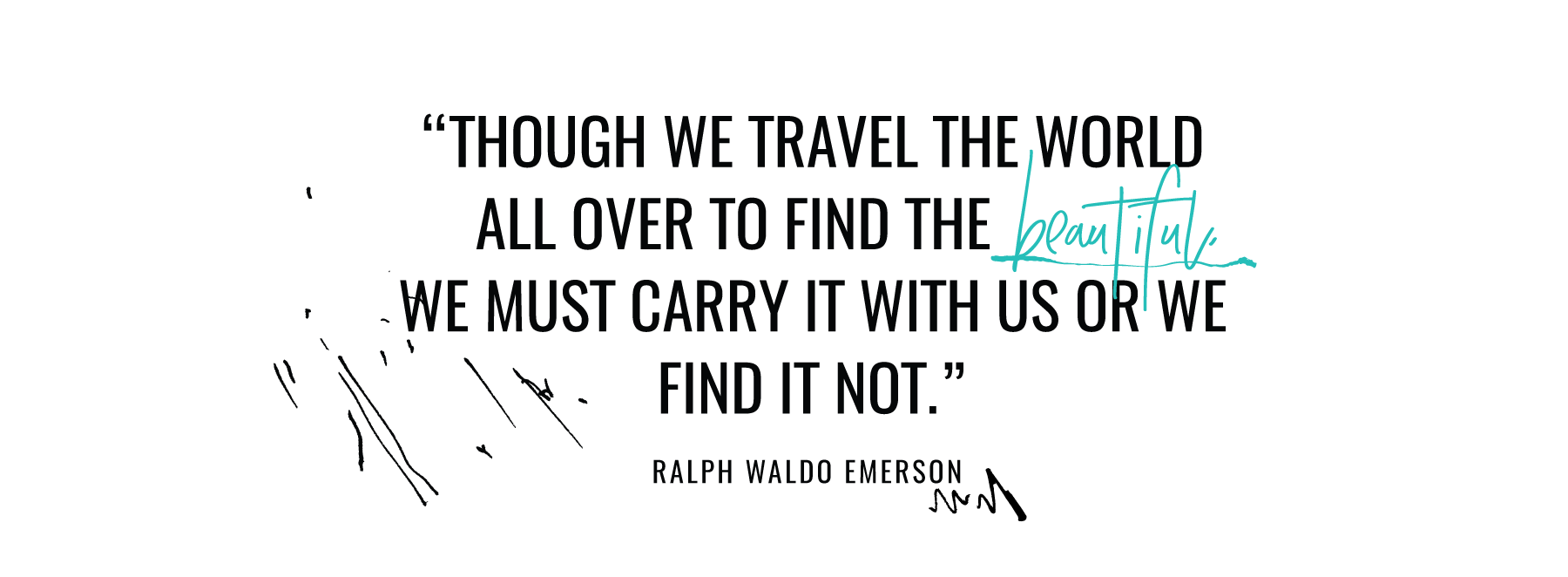

No Comments